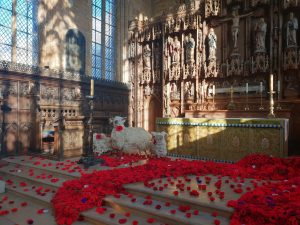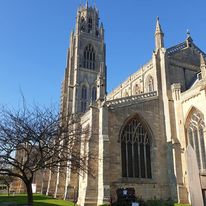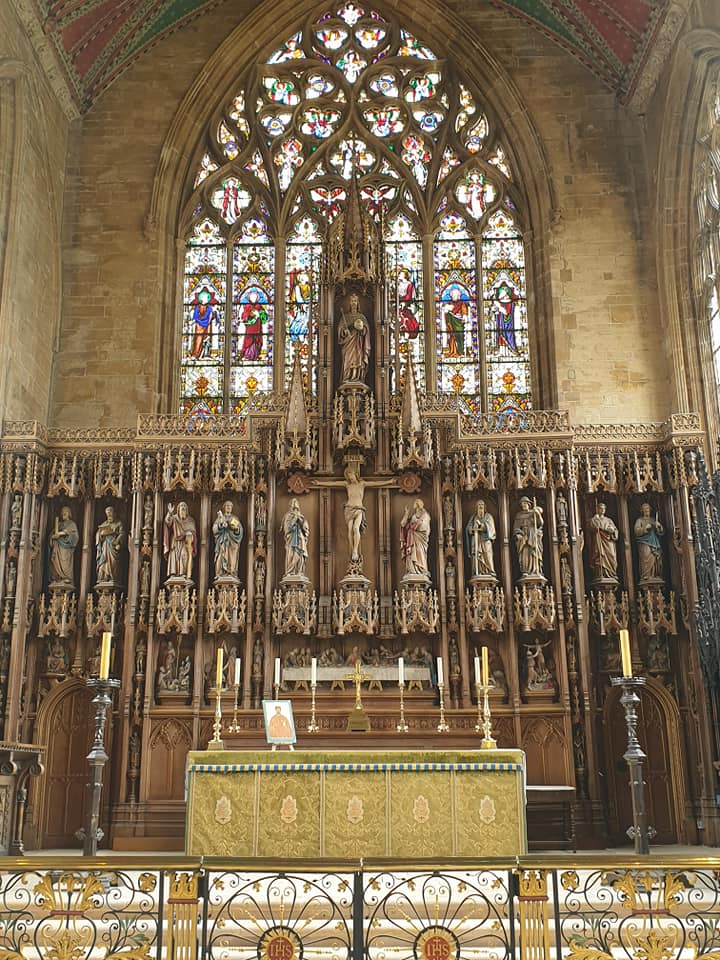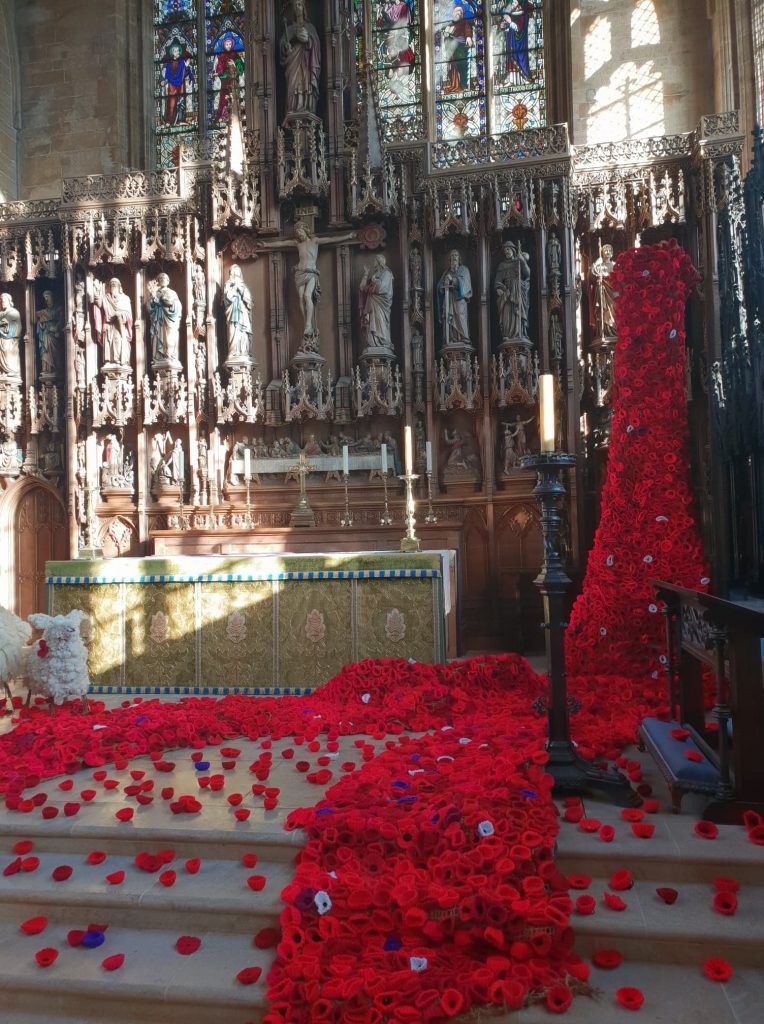St Botolph’s Church is one of the UK’s largest parish churches with its iconic tower, known as Boston Stump being the tallest to the roof of any parish church in England and one of the largest medieval towers in Britain.
The church dates from 1309 and is visible for miles over the flat fenland countryside of Lincolnshire. It has a rich history, from Boston’s involvement in the medieval Hanseatic League to the early colonisation of America.
St Botolph’s church is an iconic landmark on the skyline of Lincolnshire. It is one of the country’s largest and most historically significant churches. Its famous medieval tower, known as Boston Stump dominates the skyline for miles around and for centuries has acted as a beacon for travellers. St Botolph’s was built when Boston was a wealthy trading port, later part of the Hanseatic League. Boston was the second most important port in England, the gateway to European markets for wool and other merchandise.
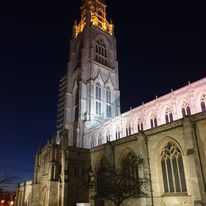
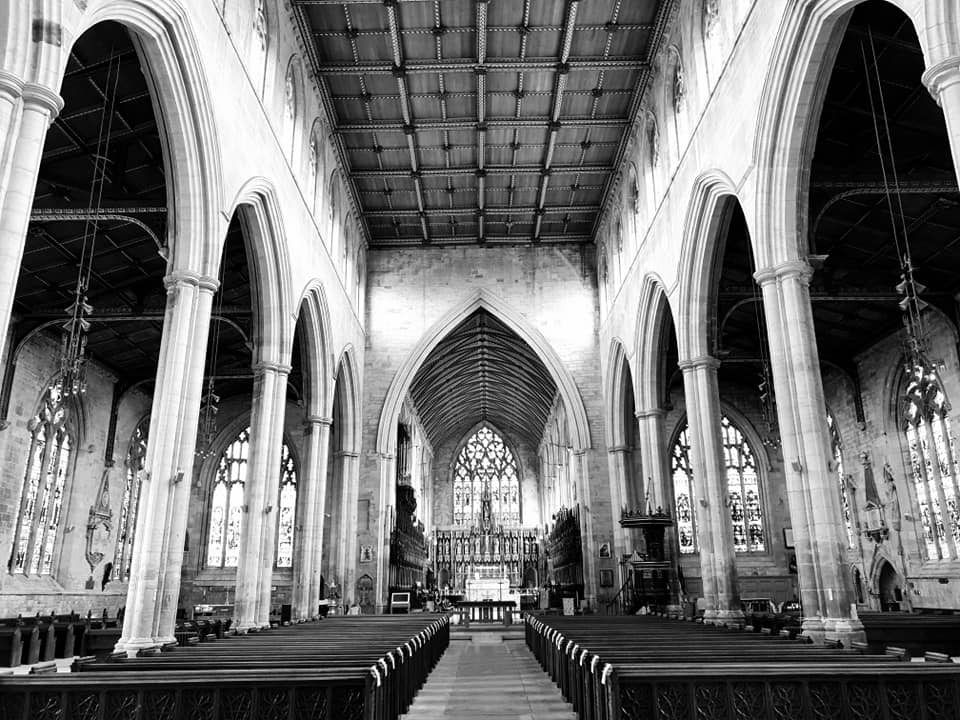
A Victorian restoration opened the inside of the tower: a remarkable sight if you look up. The ornate font was designed and donated by EW Pugin, son of the eminent architect AWN Pugin, in 1853. Other treasures include fine 14th century carvings, including an amazing collection of 62 late 14th century misericords with vivid and sometimes positively unholy scenes. A more recent quirky detail is a 20th century roof boss depicting a white elephant, recognition of the bric a brac stall held to raise money for repairs.
The church has a famous library of 1,600 historic books, most of which date from the 16th and 17th centuries but also includes a 12th century manuscript. St Botolph’s is famous for its musical tradition, John Taverner famously served as choirmaster at the church and is buried beneath its tower. The church continues to enjoy a reputation for high-quality events.
In the early 17th century the church and its growing puritan congregation played a prominent role in the early colonisation of America along with its then vicar, Reverend John Cotton. Cotton and a significant part of his congregation left Boston in the 1630s to become among the founders and early leaders of the Massachusetts Colony. During the English Civil War, Parliamentarian forces were quartered in the church, and you can still see traces of horse rings on the pillars and musket ball holes in the stonework.
During the World Wars, the tower of St Botolph’s was used by British pilots as a marker to navigate. It is thought that it was also used as a navigation mark by the Luftwaffe, hence it was not attacked.
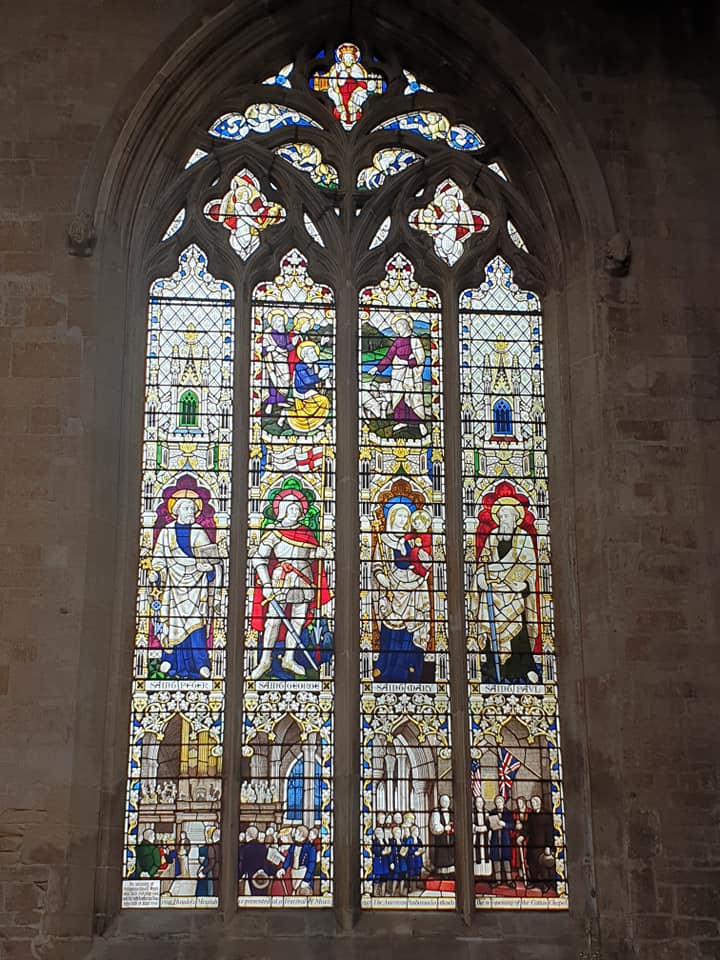
Interesting facts:
- 365 Steps – one for every day of the year
- 52 Windows – one for every week of the year
- 12 Pillars – one for every month year
Once you’ve marvelled at the magnificence of this incredible building, go and visit the Coffee Shop & Gift Shop or reflect in our sacred space. St Botolph’s Church is open Monday – Friday and is free to enter, although charges do apply to the Tower Experience. Tours are offered by prior arrangement.
Distance from The Carpenters Arms Hotel: By Car: 5 Min Drive – On Foot: 5 Min Walk
